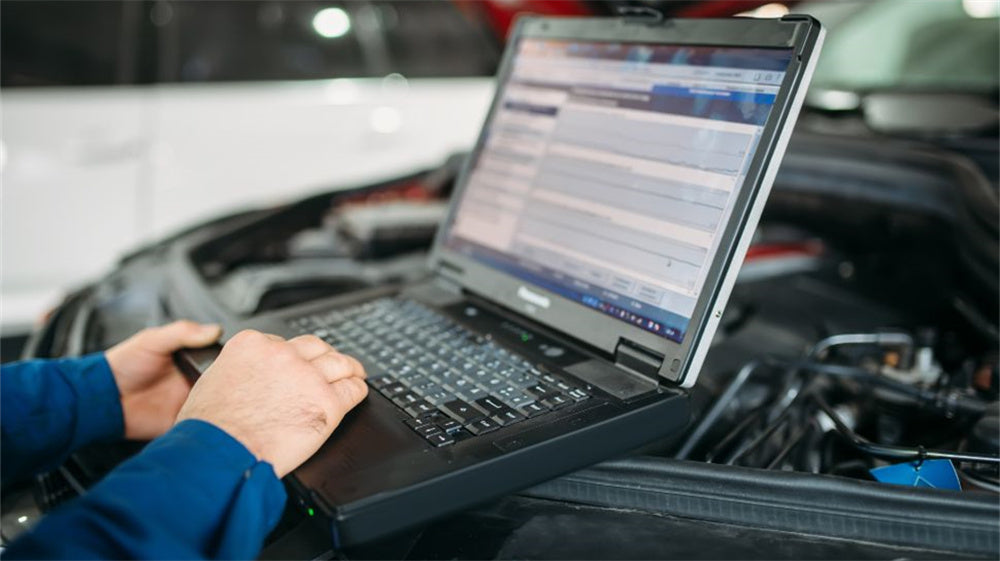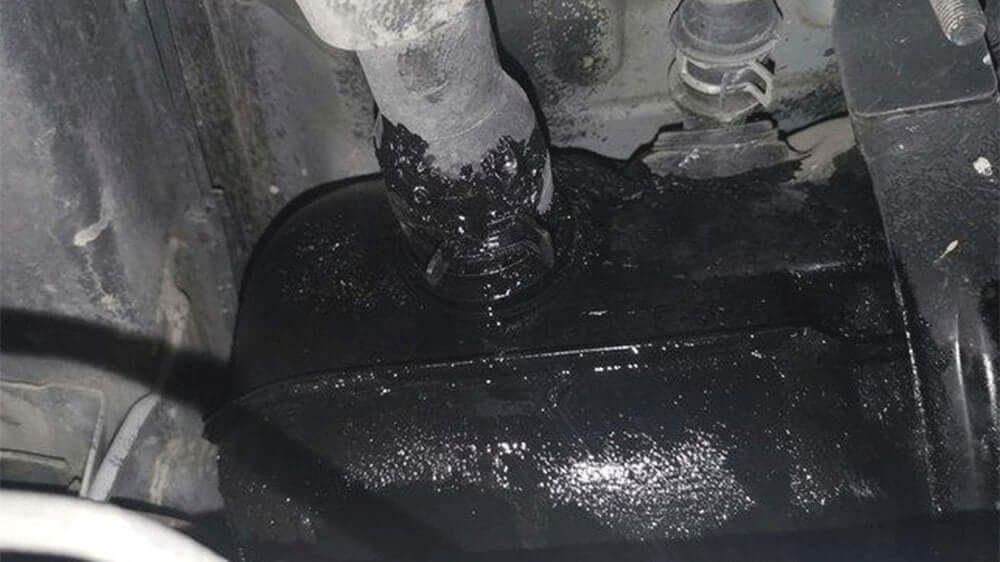
How to Identifying and Fixing Unusual Suspension noises
Suspension noise constitutes a significant portion of chassis-related noises. Understanding and diagnosing these noises can help in effective maintenance and repair.
Here’s a guide to common suspension noises and their troubleshooting steps:
1. Worn Ball Joints or Loose Ball Joint Bolts

Diagnosis: Lift the vehicle and shake the tires to check for any gaps. Use a pry bar to inspect the play and looseness of each ball joint.
Solution: Tighten the bolts, or replace the connecting rods and ball joints as needed.
2. Worn Control Arm Bushings

Diagnosis: Use a pry bar to check if the rubber bushings are cracked or worn out.
Solution: Replace the worn control arm bushings or the entire control arm assembly.
3. Worn-out or Leaking Shocks

Diagnosis: Inspect the shocks for any signs of leakage. Press down on each corner of the vehicle to observe the bounce and check for noises.
Solution: Replace the damaged shock absorbers.
4. Noises from Top Mounts or Plain Bearings

Diagnosis: Test the steering noise by turning the wheel with the vehicle stationary or lifted.
Solution: Replace the top mounts or plain bearings, or add lubrication. Sometimes, noise may also be due to loose bolts on the shocks.
5. Sway Bar Bushings Noise

Symptoms: A “clunk” or “creaking” sound is heard during driving or braking.
Diagnosis: Check if the bushings are worn or have clean, polished areas. Some issues might be less visible and may require replacement to diagnose.
Solution: Replace the worn stabilizer bar bushings.
6. Loose Bolts
Symptoms: A “clunk” noise occurs when driving over bumps.
Diagnosis: Use a pry bar to check for looseness in various fastening points.
Solution: Tighten any loose screws or bolts.
By systematically diagnosing and addressing these common issues, you can effectively manage and resolve suspension noises, ensuring a smoother and quieter driving experience.















































































